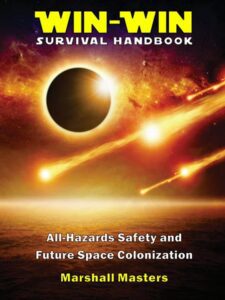Win-Win Survival Strategy vs. Plan B Prepping
The survival strategy presented in Win-Win Survival Handbook: All-Hazards Safety and Future Space Colonization, by Marshall Masters, addresses the need to prepare for disasters of any length. Therefore, it is neither about prepping in the conventional sense nor a short-term Plan B for overcoming natural and manmade disasters. It goes much further than that.
The Win-Win strategy aims to view the threat of disaster as a given, which one must anticipate with an all-hazards lifestyle. In this way, small communities pass beyond disasters with a clear and cohesive vision of surviving with minimal disruption. After the crisis passes, their communities prosper and thrive with modern technologies in a post-disaster world.
In simple terms, prepping involves planning for the worst. In contrast, the Win-Win strategy involves planning for cooperation, not confrontation, that accepts disaster as a speed bump on the path to offworld colonization and a Star Trek future for humanity.
Initially, it may sound utopian, but it is not. With this in mind, we’ll examine the fundamental issues surrounding prepping, Plan B strategies, and Win-Win survival.
Plan B Prepping
Plan B prepping operates on simple, untested assumptions. You prepare a Plan B disaster location without moving from your Plan A life, where you work, live, and your children attend school. Then, you monitor the news for signs of an impending catastrophic event and quickly assemble the family and make haste to move from Plan A to Plan B.
During the Cold War, Americans built their Plan B locations in their backyards, and the assumption was that the crisis, such as nuclear war, would only last a few weeks. This Cold War strategy is untested, yet it continues dominating most thinking.
Today, the popular terms “prepping” and “preppers” are often used interchangeably, but they represent two completely different approaches to surviving disasters.
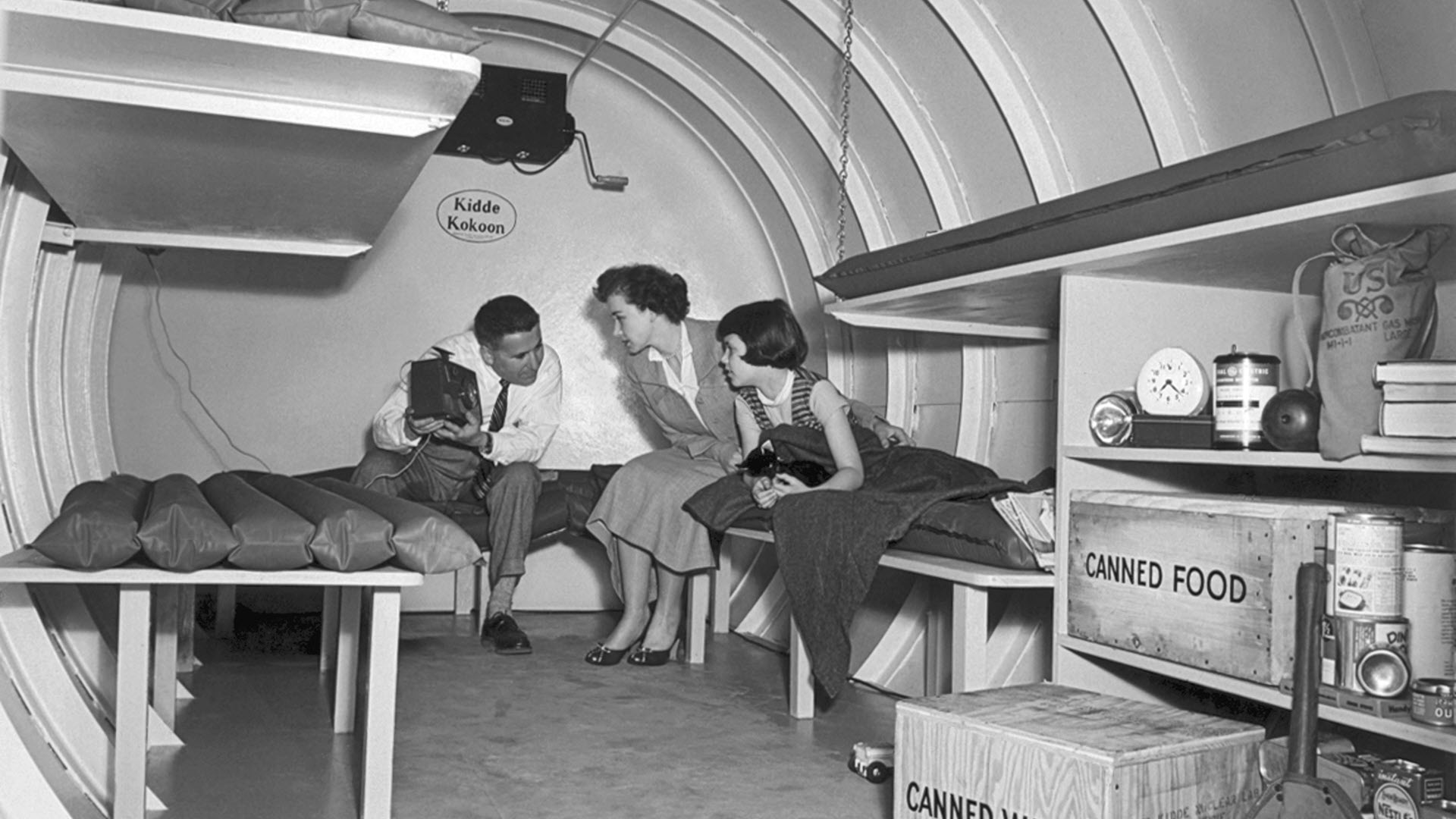
Recent data shows that approximately 83% (282.2 million) of Americans may store basic survival items, such as flashlights, bottled water, and energy bars, anticipating a short-term catastrophic event lasting a few days, such as a power grid failure.
FEMA assigns these people to the “Basic Preparedness” category. If one imagines a survival pyramid, these people constitute the pyramid’s base.
The second level above this is the “Advanced Preparedness” category.
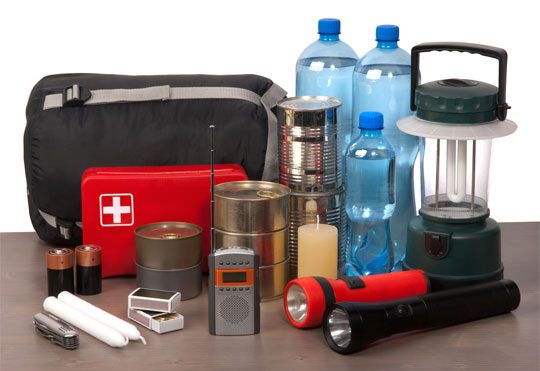
Those in this category anticipate short-term disasters and prepare to survive for 30+ days until everyday life resumes. They often stockpile buckets of freeze-dried emergency food and other necessities.
Approximately 8.3 million Americans (2.49%) fill this second tier. Are those who are in this category preppers in the modern sense? In a true sense of the term, no, because their worldview remains unchanged.
The assumption for these folks is that if one is fortunate enough to dodge the consequences, the rest will be inconvenient, as life quickly returns to normal. Ergo, having a preparation mindset does not mean you are a prepper as the term is used today.
This brings us to the top of the pyramid, with those who assume that, if possible, it can take years for any semblance of everyday life to resume. Therefore, their planning method goes far beyond inconvenience; those who have wisely prepared will survive and navigate the uncertain and violent times beyond it, as the unprepared fall into more dire circumstances.
UHRCs are Classic Preppers
FEMA categorizes those who maintain 97 days or more of preparedness supplies and capabilities as “Ultra-Highly Resilient Citizens” (UHRCs), representing the commonly used terms of prepper or survivalist.
This FEMA category is the top of the survival pyramid and is much smaller. Recent data shows that approximately 2.5 million, or approximately 0.75% of the population, qualify as UHRCs.
Secular survival communities are commonly referred to as preppers or survivalists.

Preppers are widely seen as tending toward dystopian beliefs as a core organizing principle of their worldview. This dystopian orientation is fundamental to their identity and practices.
It rests on a philosophical basis of autarky—complete political and economic self-sufficiency, where survival depends entirely on one’s resources without outside assistance or trade. A philosophy that inherently assumes that broader social cooperation and interdependence are unreliable and dangerous.
Therefore, the issue is not whether this dystopian world is about judgment. It is about participation, or more specifically, the lack of it on a broad scale.
Nonetheless, if America is to survive a significant catastrophe, cooperation is the best path, which is the essence of the Win-Win strategy.
There Is Strength in Numbers
The Win-Win motto is: Prepare for cooperation, not confrontation. Consequently, while survivalists view broader social cooperation and interdependence as unreliable and dangerous, the Win-Win strategy is the exact opposite and is consistent with historical success.
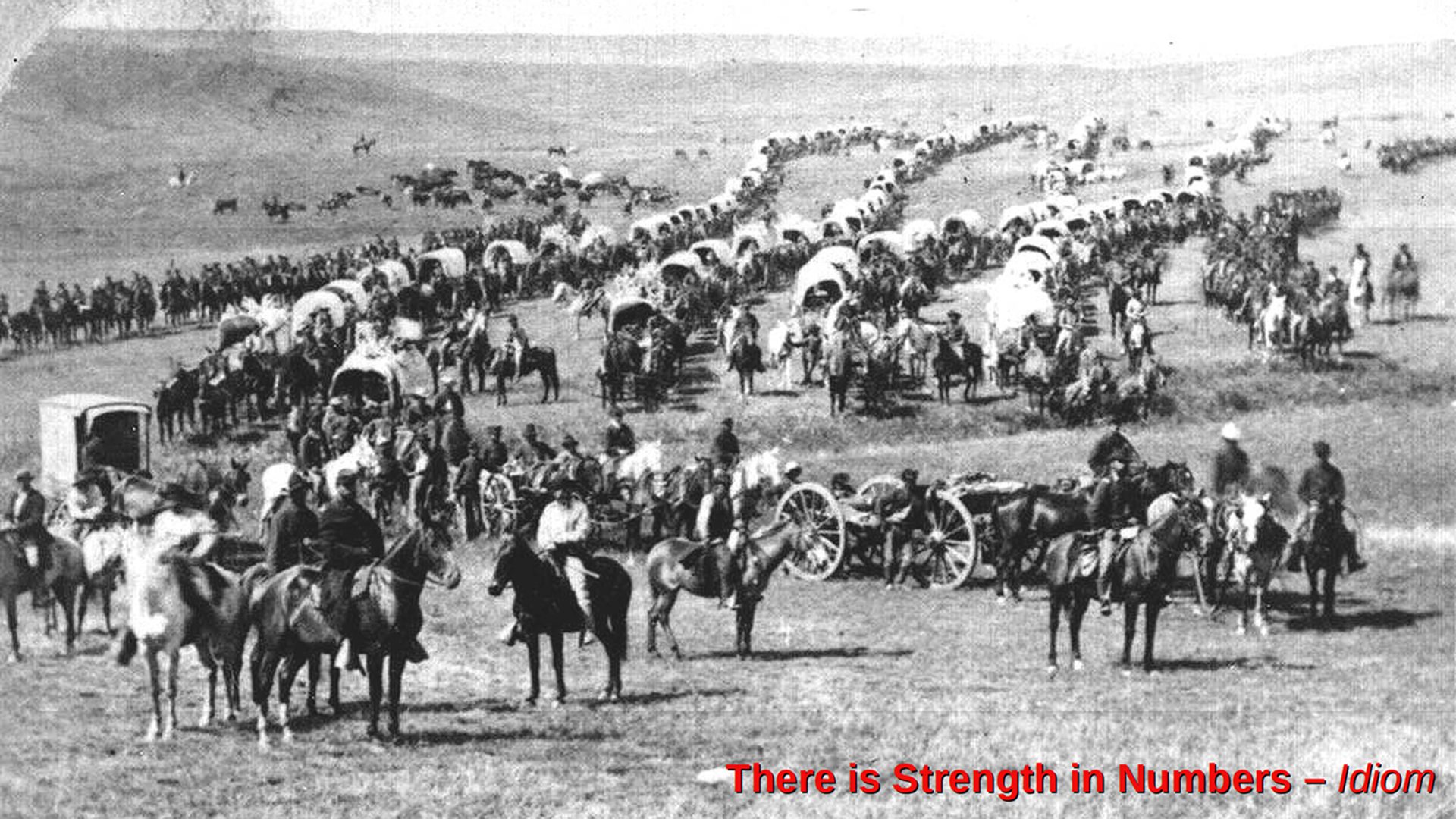
What made American pioneers great? They did not choose a Plan B survival strategy, which was plagued with many problems. They committed to going West as pioneers. Hard times were a given; they went on, knowing the risks.
- There would be catastrophes… Undoubtedly
- There would be hardships… Undoubtedly
- People would die… Undoubtedly
- Terrible risks were a given… Undoubtedly
- They dared to face the risks… Undoubtedly
- They prevailed… Undoubtedly
Looking forward in time, what do Plan B bunkers and survivalism strategies offer for our future? Essentially, a way to hide from a world undergoing disasters as others perish. Hence, they provide an uninspiring dystopian view of the future, which is more about every man for himself.
In contrast, the Win-Win strategy offers an inspiring survival worldview that is neither dystopian nor utopian. Inspired by early American pioneers, this lifestyle combines the hope for the future with the goal of off-world colonization to ensure the continuity of our species, with a practical multi-generational goal of achieving self-sufficient off-world colonies.
A Win-Win community is organized around this pioneering strategy and is built with an all-hazards strategy capable of handling the worst nature that man can throw at us.
But what will life be like for the first Win-Win generations? They will build a pioneering culture suited to offworld colonization and raise future generations so they can achieve a bold Star Trek future. But is this science fiction or science fact?
America Needs Win-Win Pioneers
President Donald Trump has made multiple announcements about going to Mars, the most recent and prominent being during his second inaugural address on January 20, 2025.
Elon Musk’s most immediate prediction is that the first uncrewed Starship mission to Mars will launch in late 2026. The initial mission would involve sending five uncrewed Starship rockets to Mars, carrying Tesla’s Optimus humanoid robots as simulated crew members.
Following the uncrewed missions, Musk predicts that the timeline will rapidly scale up with the advent of human crewed missions.

The initial SpaceX plan is to send approximately 20 Ships to Mars between 2028 and 2029, followed by 100 Ships during the 2030-2031 launch window and 500 Ships in the subsequent window around 2033.
Research suggests that while 22 people represent the absolute minimum for long-term viability, larger populations would provide greater resilience and redundancy for such a critical and isolated human outpost.
That is just the beginning, and Musk envisions eventually sending between 1,000 and 2,000 spacecraft to Mars every two years to build this permanent human colony rapidly. Here is a long-term projection.
2035-2040: Pioneer population grows to several hundred.
2040-2050: The colony achieves basic self-sufficiency.
2050-2070: Full self-sustaining status achieved, with the colony capable of growth, technological development, and economic independence from Earth.
SpaceX has already identified Arcadia Planitia, a volcanic plain in Mars’ northern hemisphere, as the primary candidate for their Mars base. This location is ideal for establishing a self-sustaining city on Mars with over one million inhabitants. So, what does all this mean for you?
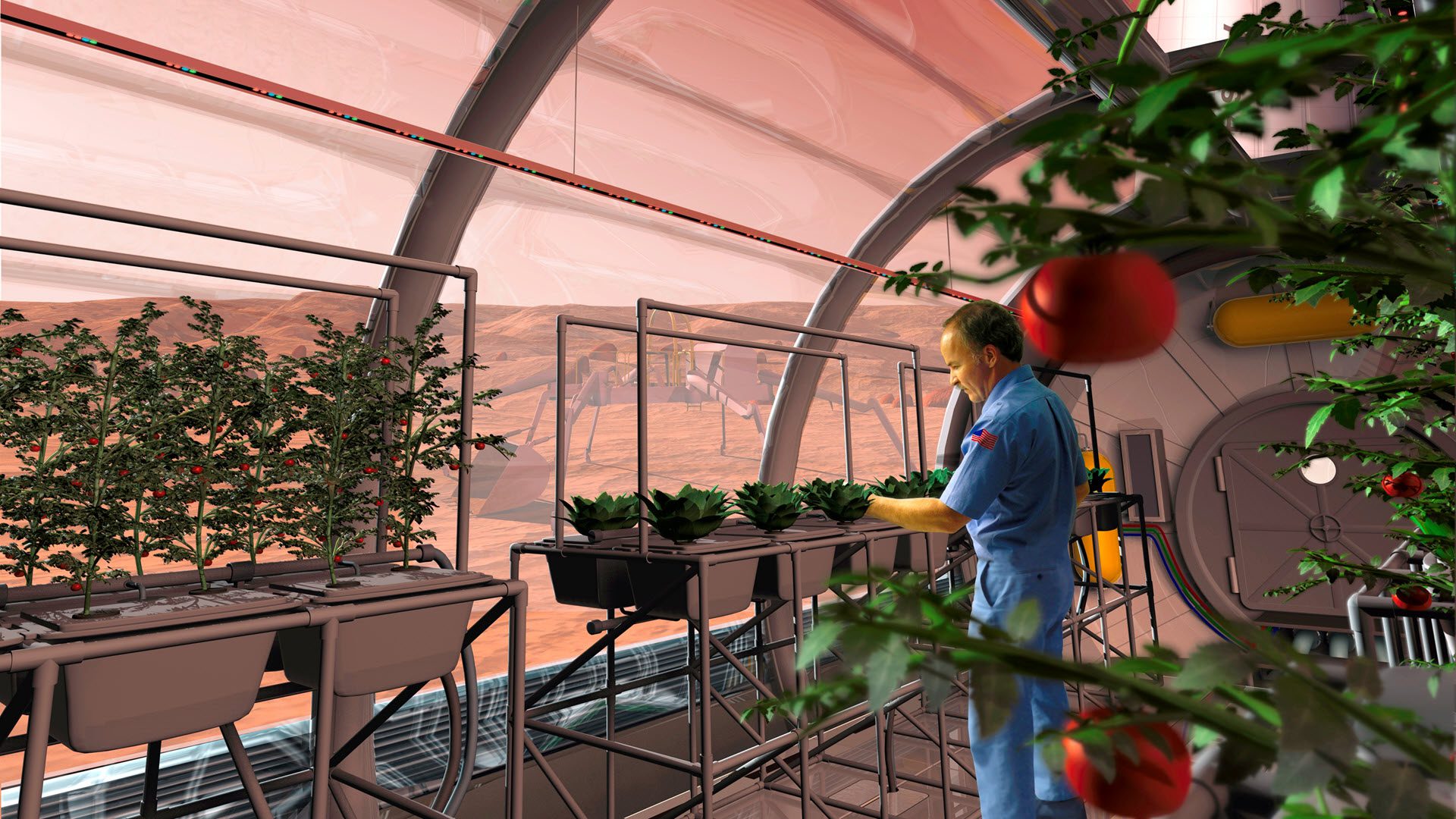
Do you support the colonization of Mars and would help your grandchildren to become a vibrant and committed part of the one million colonists? If so, you know that the dystopian world view of survivalism will not get them there, but the Win-Win strategy will, and it begins with you-today!

